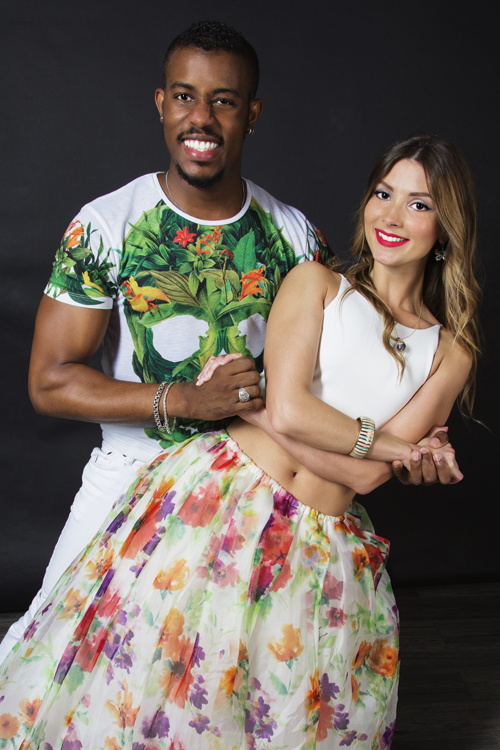Floral prints might sound like a stereotype to most, but this is one stereotype we think not only looks good but is absolutely gorgeous! This year, the catwalks have been glowing with the vibrant colours of bold floral prints in jumpsuits, tops, hem skirts, kaftans, ballerinas and even trousers in fresh patterns. So, what are you waiting for? Grab your share of florals and take your wardrobe to the next level.
